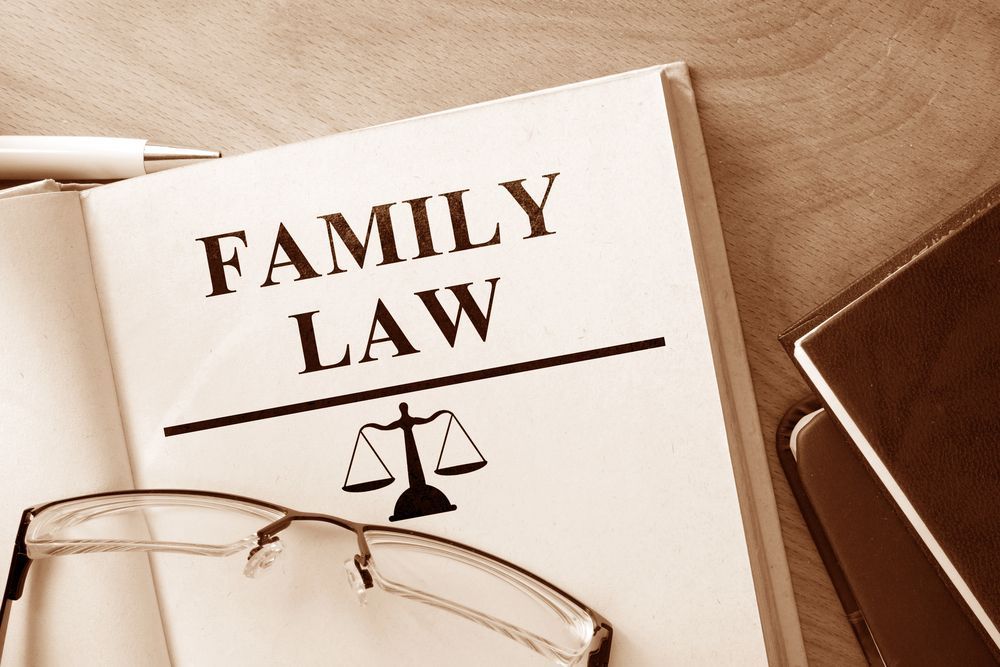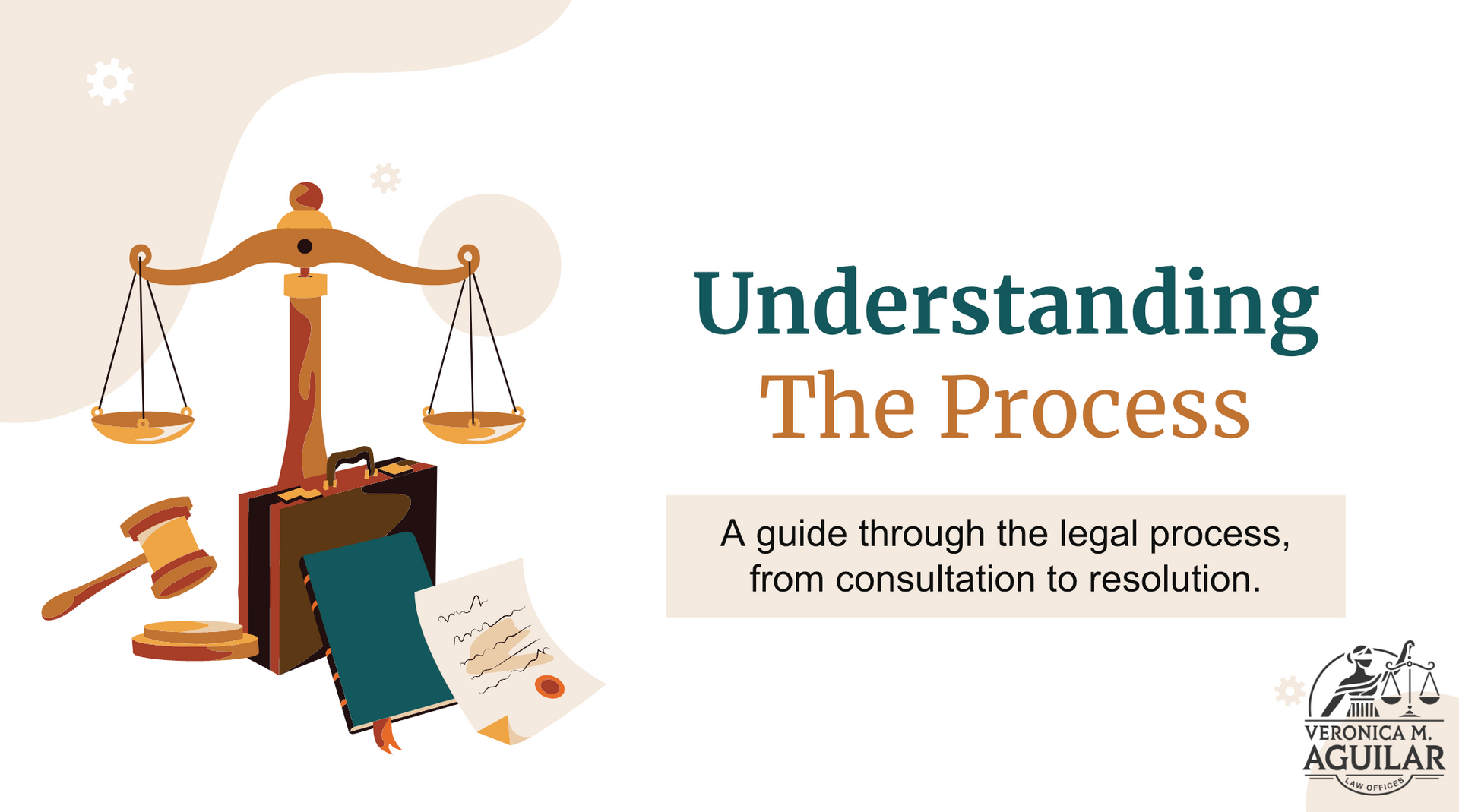Important Steps to Gather Evidence for Discrimination Cases
Facing discrimination can be a challenging experience. Whether it happens at work, school, or elsewhere, knowing how to gather evidence is important. Collecting strong evidence is crucial for building a case and protecting your rights. Understanding the specific actions or statements that count as discrimination will help you pinpoint important details.
Collecting evidence involves more than keeping documents. You need to keep records that clearly show the discrimination you faced. This might include emails, written communications, or notes from meetings. These details can help prove your case and support your claims.
Talk to witnesses who saw or heard the discrimination firsthand. Their statements can provide additional support to your evidence. Finally, consulting legal experts can help you strengthen your case further. They can offer valuable advice and guide you through the legal process, ensuring your evidence is presented effectively.
Understanding What Constitutes Discrimination
To gather evidence for a discrimination case, you first need to know what counts as discrimination. Discrimination happens when someone is treated unfairly because of their race, gender, age, religion, or other personal traits. Recognizing these behaviors is the first step in addressing them.
Think about comments or actions that happen at work or in other settings. Discrimination can occur through words, like offensive jokes, or actions, such as not hiring someone because of their skin color. It also includes cases where people are paid less for the same work due to their gender or other characteristics.
Look for patterns of unfair treatment over time. One incident might not be enough to prove discrimination, but a series of events could show a troubling trend. Keep track of each incident, even if it seems small. Documenting these patterns can later help demonstrate that discrimination is occurring.
Understanding what to look for allows you to collect the right evidence. It's about seeing the signs and being aware of how personal traits affect how you're treated. This knowledge empowers you to take action and gather proof effectively.
Gathering and Documenting Evidence Effectively
Once you know what discrimination looks like, start collecting evidence. Good evidence can include documents, emails, texts, and photos. Anything that shows discrimination should be saved. Having these items will strengthen your case.
Start by keeping a record of each incident. Write down dates, times, and locations. Describe what happened and who was involved. Being specific helps create a clear picture of events. Use a notebook or digital app to keep everything organized.
Create a file of any relevant documents. This might include emails where discriminatory language was used or notes from meetings where unfair treatment occurred. Make copies in case the originals disappear or are destroyed. The more evidence you have, the better your chances are of proving discrimination.
List out key items to include:
- Emails with offensive comments
- Text messages that show bias
- Performance reviews that are unfair
- Photos documenting events or materials
- Notes from meetings highlighting discrimination
Be consistent in gathering this information as events happen. It's easier to remember details right away rather than trying to recall them later. Staying organized makes your collection process smoother and ensures you're prepared when your evidence is needed in court.
Identifying and Speaking with Witnesses
Identifying witnesses is an essential step in building your discrimination case. Witnesses can provide powerful support by confirming your experiences and adding credibility to your claims. Start by thinking about people who were present during the incidents or those who can speak about patterns of behavior.
Make a list of potential witnesses who can share valuable insights. Consider co-workers, managers, or anyone who might have seen or heard discriminatory actions. The next step is speaking with them in a way that encourages honesty and cooperation. Approach them calmly and respectfully, explaining your situation and why their input could be helpful.
When talking to witnesses, ask them to recall details of the incidents they observed. Take notes or ask if they can provide a written statement. Make sure they understand the importance of sticking to the facts. Their statements might be used as evidence, so clarity and accuracy are crucial.
Some witnesses might be worried about getting involved. Assure them that they're helping to ensure a fair and just process, and reassure them about any confidentiality concerns they might have. Gathering witness testimonies consolidates your evidence and strengthens your case by providing a broader view of what happened.
Consulting Legal Experts for Case Strategy
Once you've gathered evidence and spoken to witnesses, the next step is consulting legal experts for help. Legal experts know the details of discrimination laws and can offer guidance to ensure your case is strong. They can analyze your evidence, identify any gaps, and provide advice on moving forward.
Meeting with a legal expert can help you understand your rights and the best strategies for your case. They can explain the legal process, potential challenges you might face, and how to navigate them. This includes advice on courtroom procedures or how to handle any further evidence collection.
Legal experts can also assist in negotiating settlements or preparing for a trial if needed. Their experience can help determine the potential outcomes of your case and the best approach to achieving a favorable result. Having professional guidance can reduce stress and increase the chances of a successful outcome.
Ensuring you have expert advice in your corner is crucial. A knowledgeable legal team can make a significant difference by offering the support and strategy needed to build a compelling case. Seek their guidance to protect your rights and pursue justice effectively.
Conclusion
Gathering evidence for a discrimination case involves a structured approach. By understanding what counts as discrimination, documenting events thoroughly, and speaking with witnesses, you can create a strong foundation for your case. Consulting with legal experts adds another layer of preparation, ensuring you have the best chance for success.
Taking these steps helps in presenting a clear and convincing case. By staying organized and informed, you protect your rights and increase the likelihood of a favorable resolution. Remember, each step is crucial and contributes to the overall strength of your case.
If you find yourself facing a
discrimination case, reach out to Veronica M. Aguilar Law Offices. Our team is ready to provide the guidance and expertise you need. Let us help you navigate this challenging process and work towards achieving the justice you deserve.












